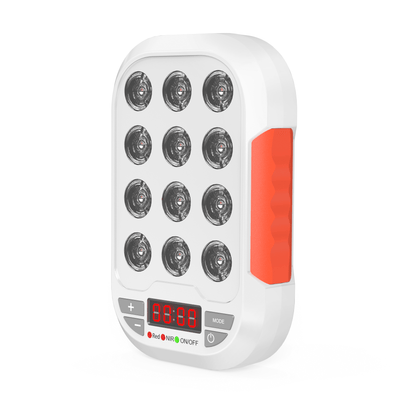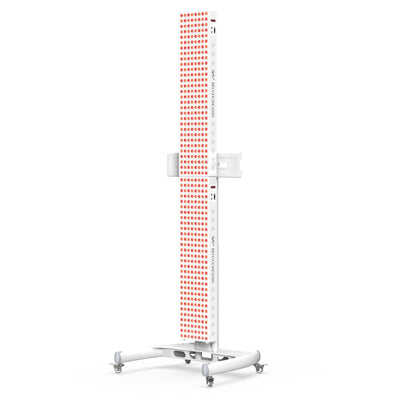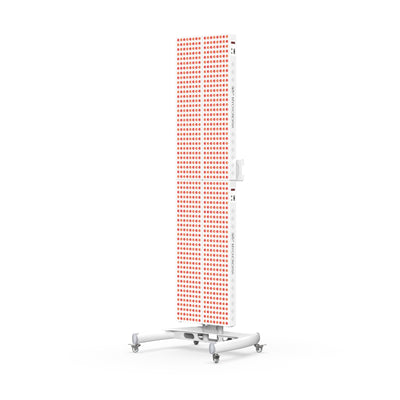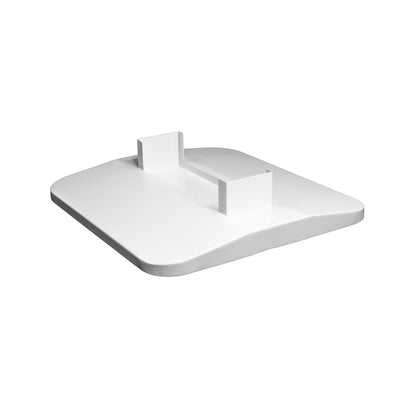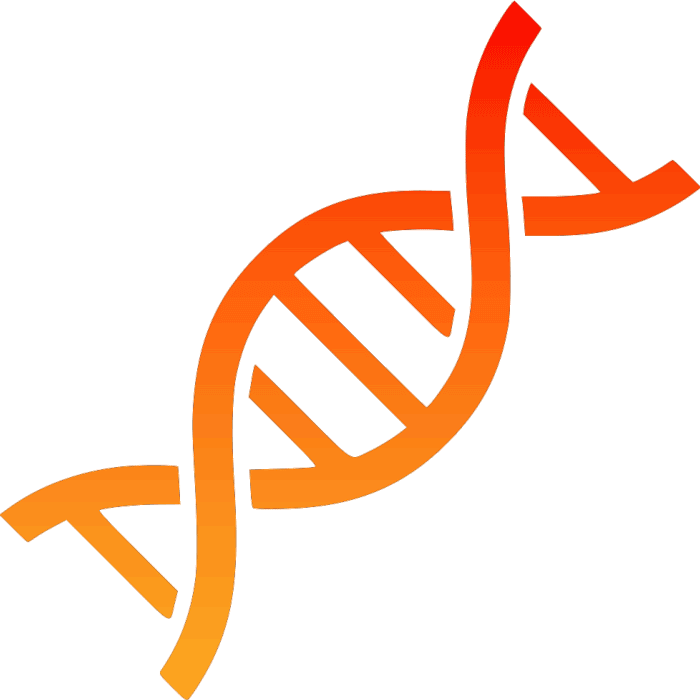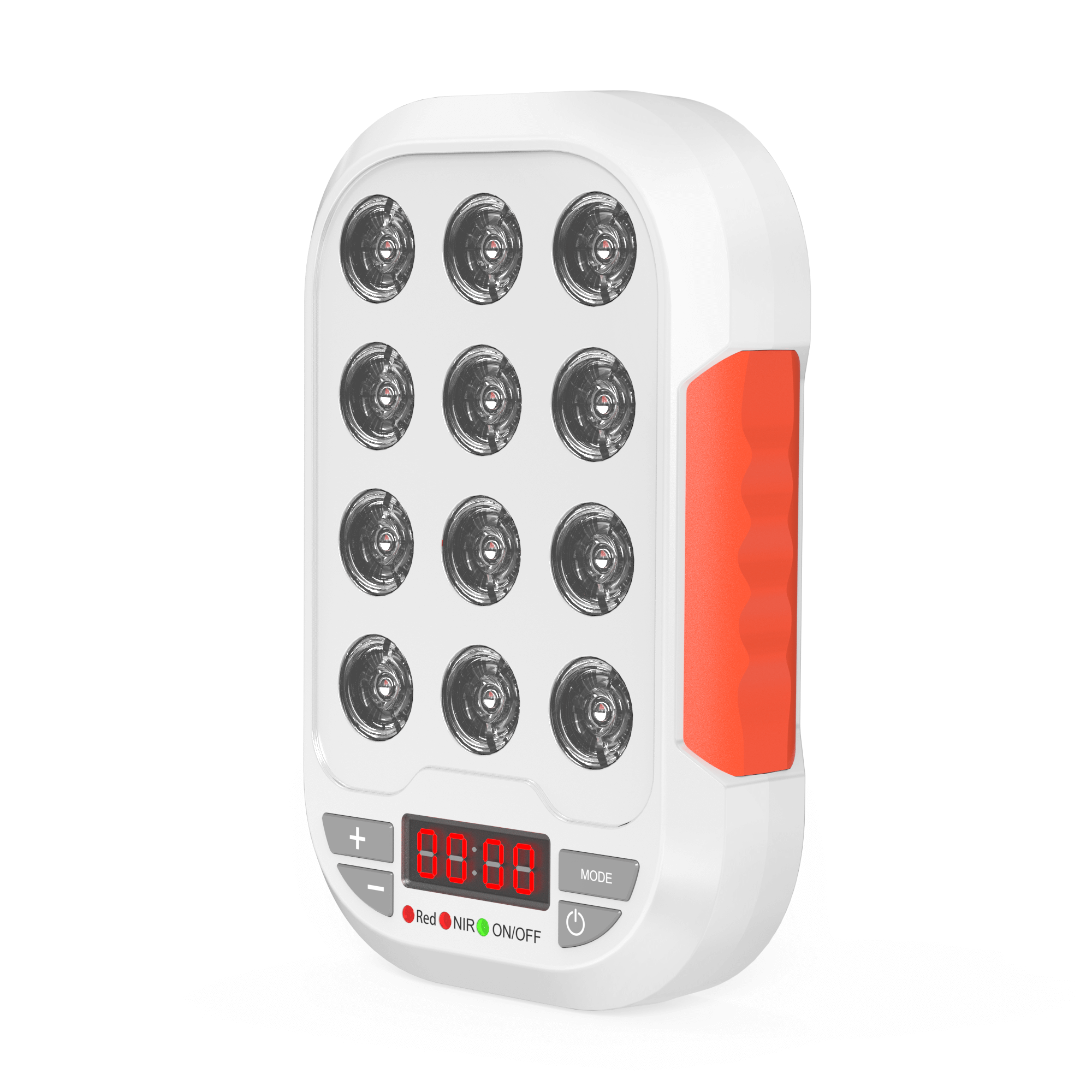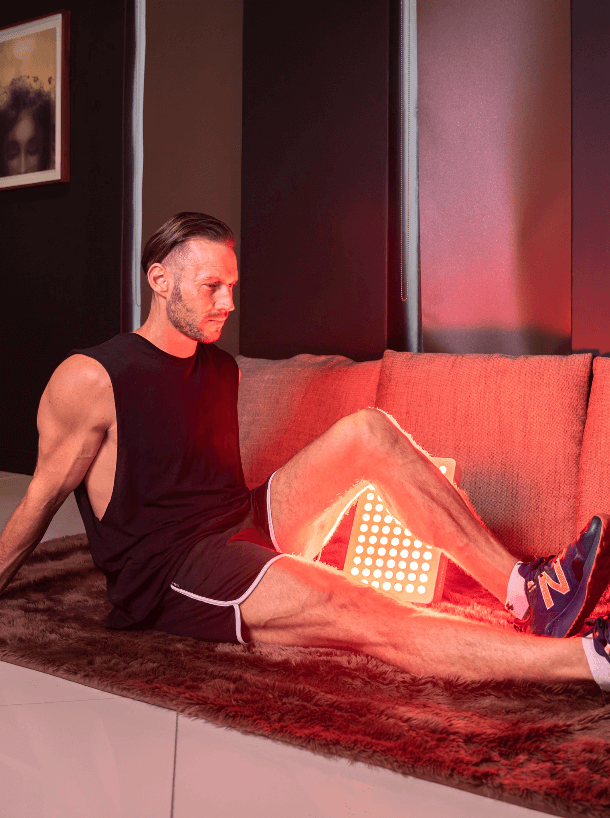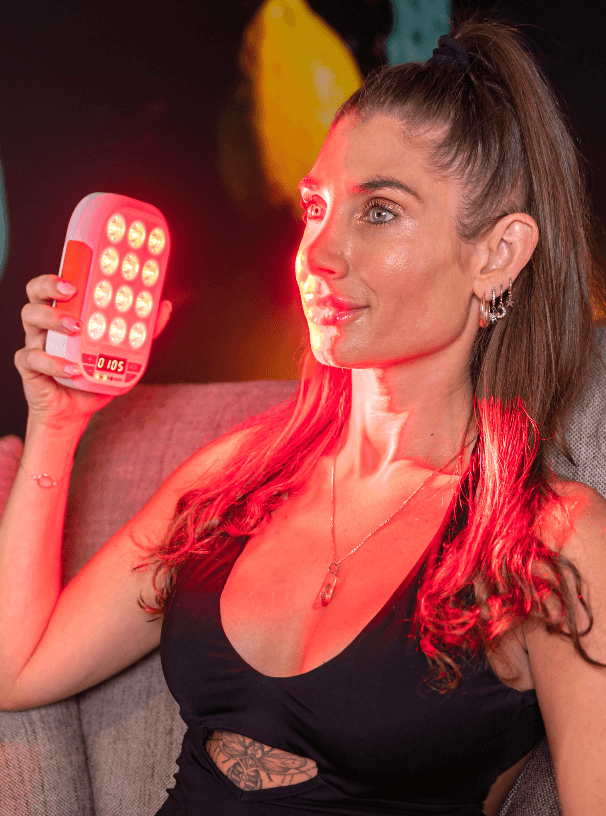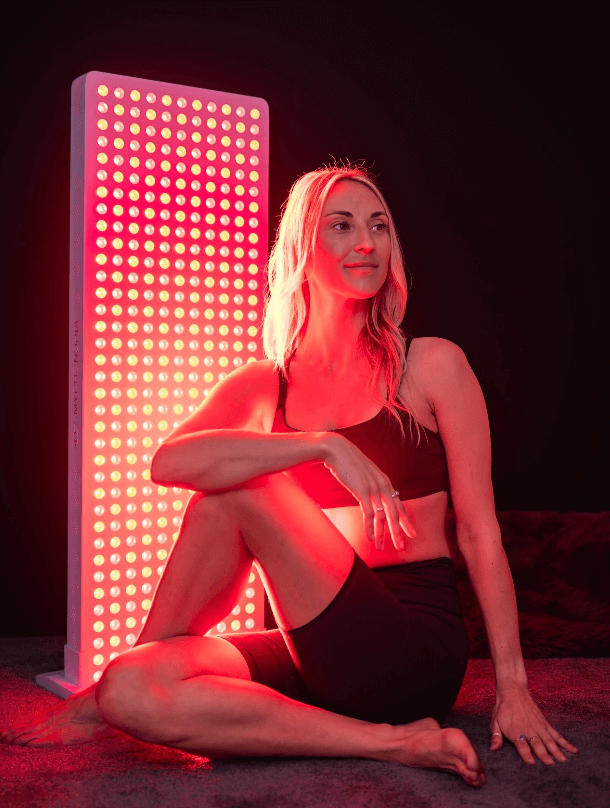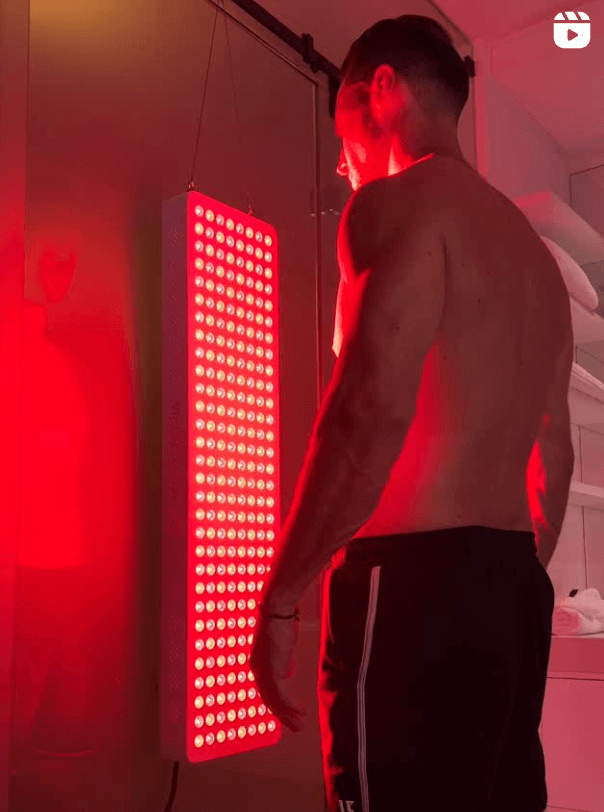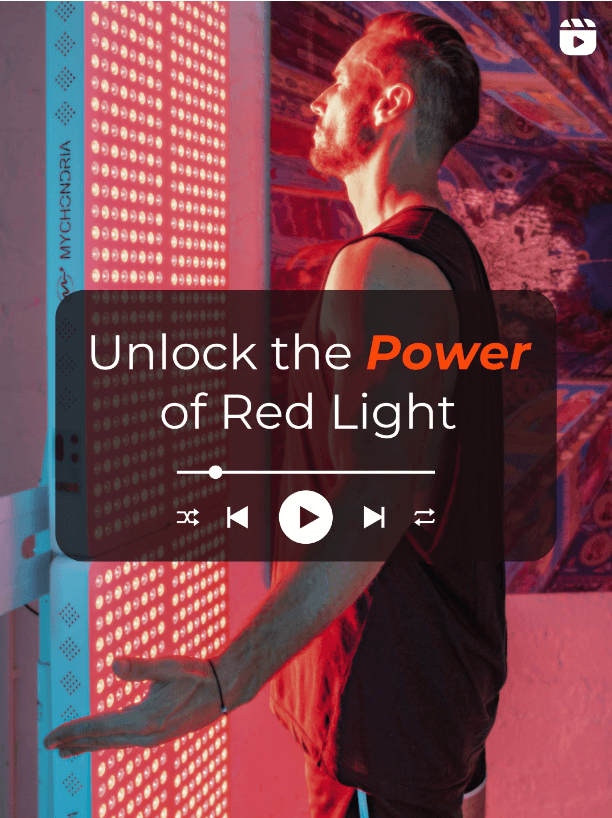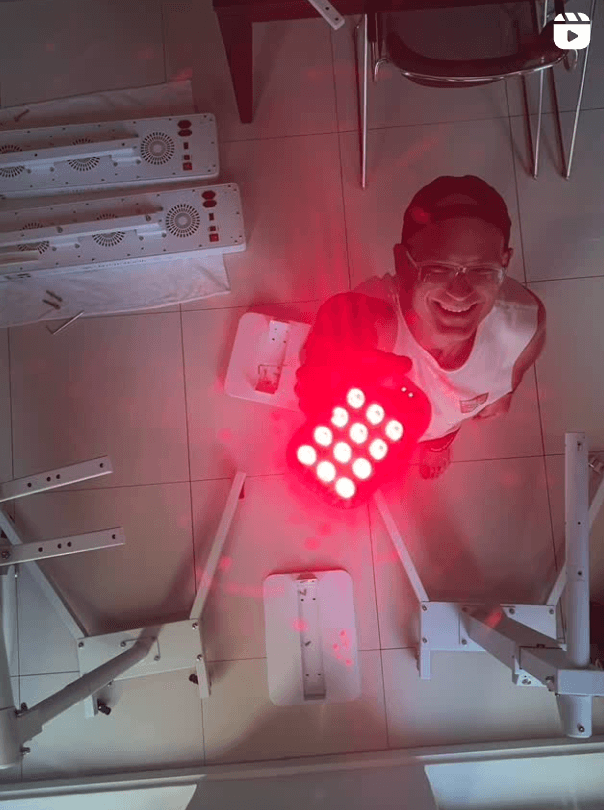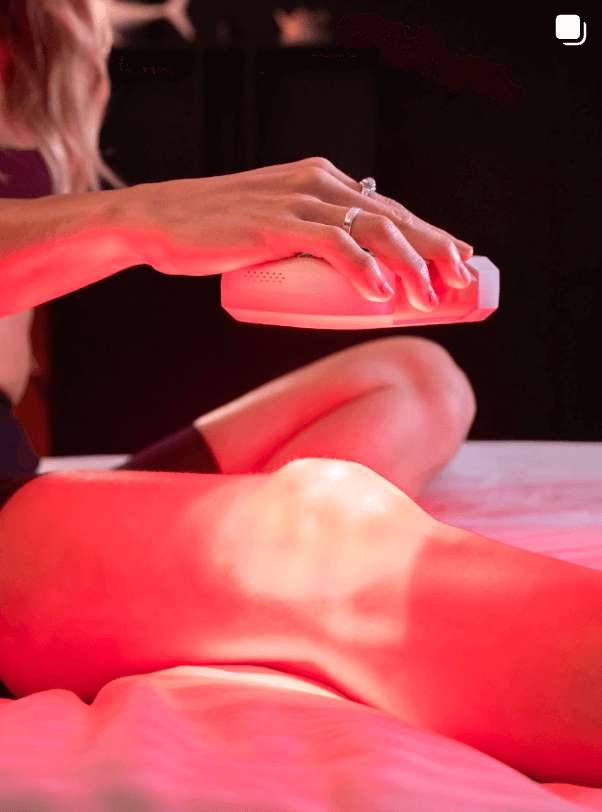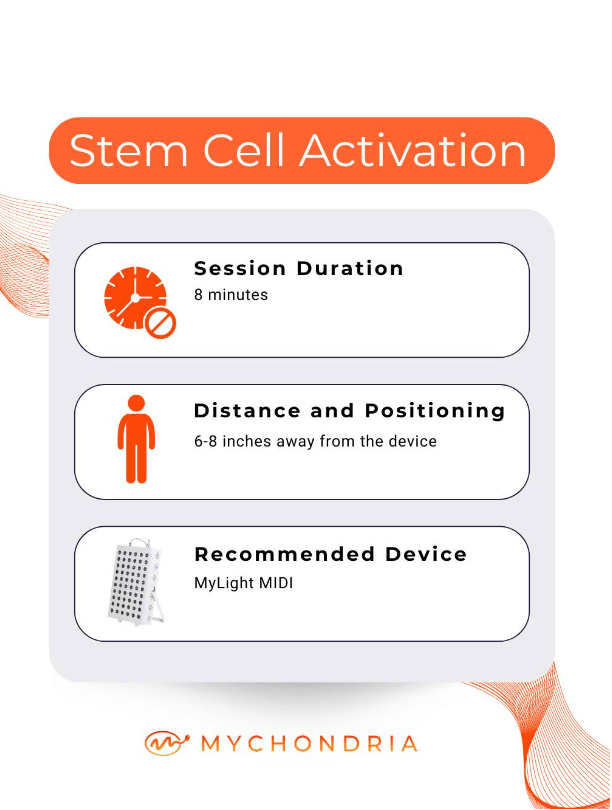
Diabetes is a chronic disease that occurs when your blood glucose levels are elevated to an unsafe level. This occurs when the pancreas is incapable of producing enough of the hormone insulin. These low insulin levels result in a buildup of glucose in the blood which causes numerous health problems.
According to the National Institute of Diabetes and Digestive and Kidney Diseases, there are three types of diabetes – type 1, type 2 and gestational diabetes.
Type 1 – the body is incapable of producing insulin. The immune system responds by attacking the cells that produce insulin. This type is usually diagnosed in children and young adults and patients require insulin injections every day to survive.
Type 2 – the body isn’t very good at making insulin. This type can develop at any age and is usually lifestyle dependent – where weight, activity levels, ethnicity and genetics all contribute to risks. Over 90% of adults with diabetes are type 2 diabetics. This type can be managed through healthy lifestyle changes.
Gestational diabetes – This type occurs in some women when they are pregnant, and most commonly goes away after birth.
How does type-2 diabetes affect my life?

- Digestive problems
- Eyesight problems
- Slow healing wounds – especially in the feet
- Kidney and heart diseases
- Skin conditions
- UTIs and bladder infections
- Stroke
The Centre for Disease Control has determined that there are more than 100 million adults living in the United States that are either diabetic or pre-diabetic. For type-2 diabetics, there is currently no cure, however, by managing the symptoms and through healthy lifestyle changes, the disease can be pushed into remission and symptoms lessen. Diabetes medication and insulin therapy can be used to control blood sugar levels, but many of these medications come with a list of negative side effects.
We wanted to investigate how red light therapy can be utilized to manage the symptoms of this debilitating disease. We know that different wavelengths of light impact certain areas in our bodies better than others. For example, 630-660 nm is best for addressing skin issues and longer wavelengths penetrate deeper into the body. How can light help diabetic symptoms?
Let’s take a look:
- Through building a stronger immune system – red light therapy (as discussed in previous blogs) stimulates the production of stem cells, assists in a healthy thyroid, decreases inflammation and promotes detoxing of the liver. All which synergistically aid in a healthily functioning immune system, which is essential for diabetics who are already predisposed to weakened immune systems.
- Faster wound healing – diabetic foot ulcers affect 15% of diabetics. Red light therapy increases wound healing by increasing blood flow, stimulating collagen production and reducing inflammation.
- Increasing nitric oxide production – diabetics show extremely low levels of nitric oxide in their bodies, which restricts normal blood flow. Red light therapy has been shown to increase the production of capillaries in treated areas resulting in more oxygen and nutrients being delivered to the areas of the body that need it most.
- Improving nerve functioning – increased levels of blood sugar can result in oxidative stress increasing in our bodies, resulting in higher inflammation levels (which impacts immune system functioning – all interconnect, right!?). Red light therapy reducing oxidative stress and inflammation by functioning as an antioxidant which aids in nerve regeneration. These findings can be found in the study attached.
The list of benefits goes on and on!
We know that the symptoms caused by diabetes cannot be treated overnight and that is why consistency is key with treatment. For cells to regenerate, heal and optimize their functioning with red light therapy we recommend using your device at least a few days a week, or even better – every single day to reap the maximum benefits. We know now that red light therapy can be used as a tool for pushing diabetes type 2 into remission, but users will also experience a whole list of other benefits coincidentally. Check out all of our previous blogs for other incredible benefits that you can experience through using our devices!
Written by: Caroline Bursey
